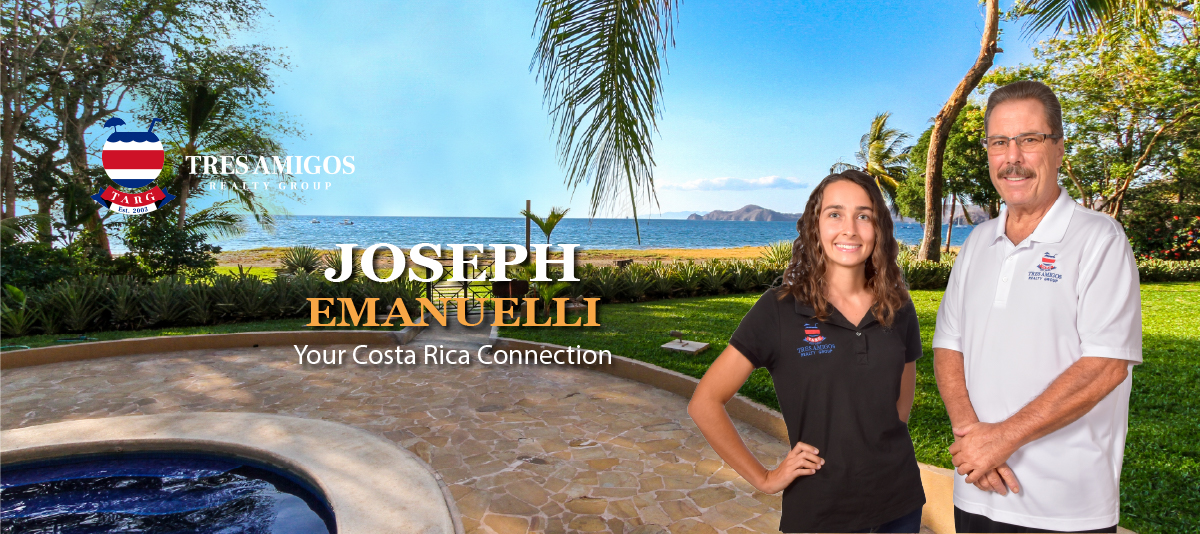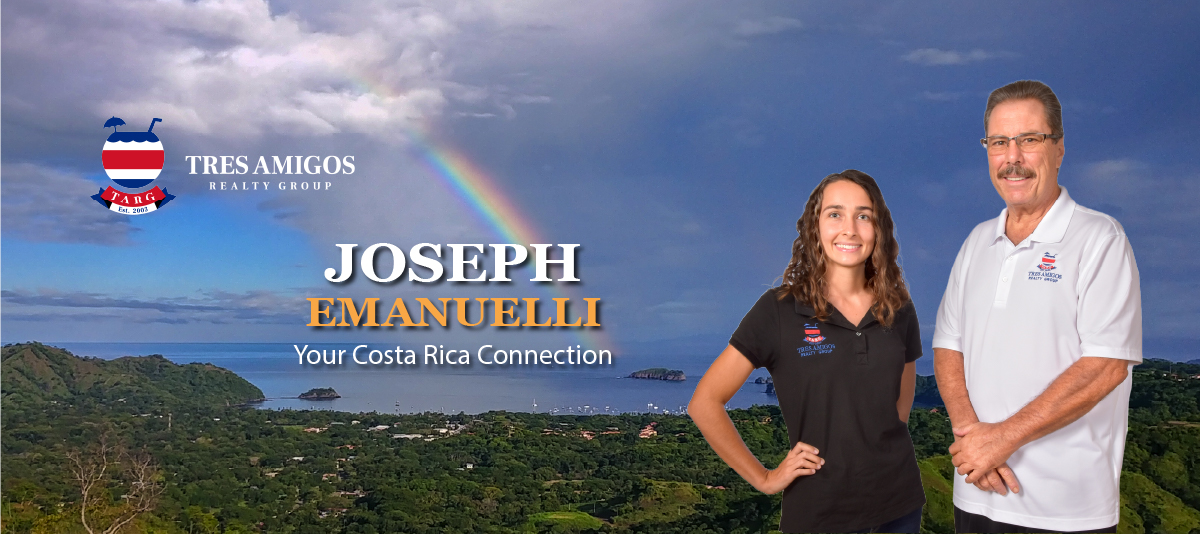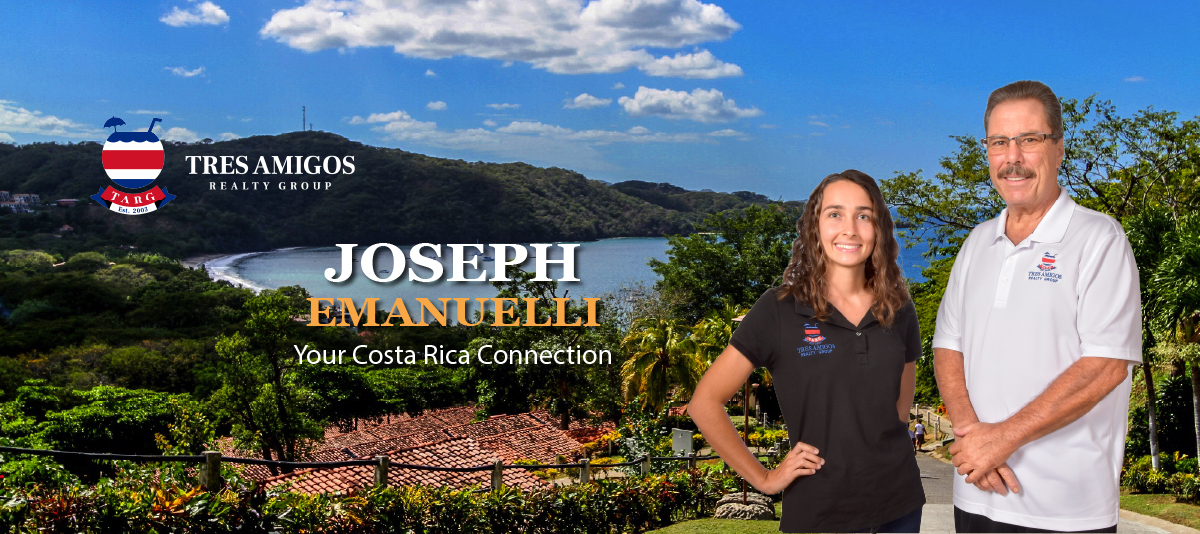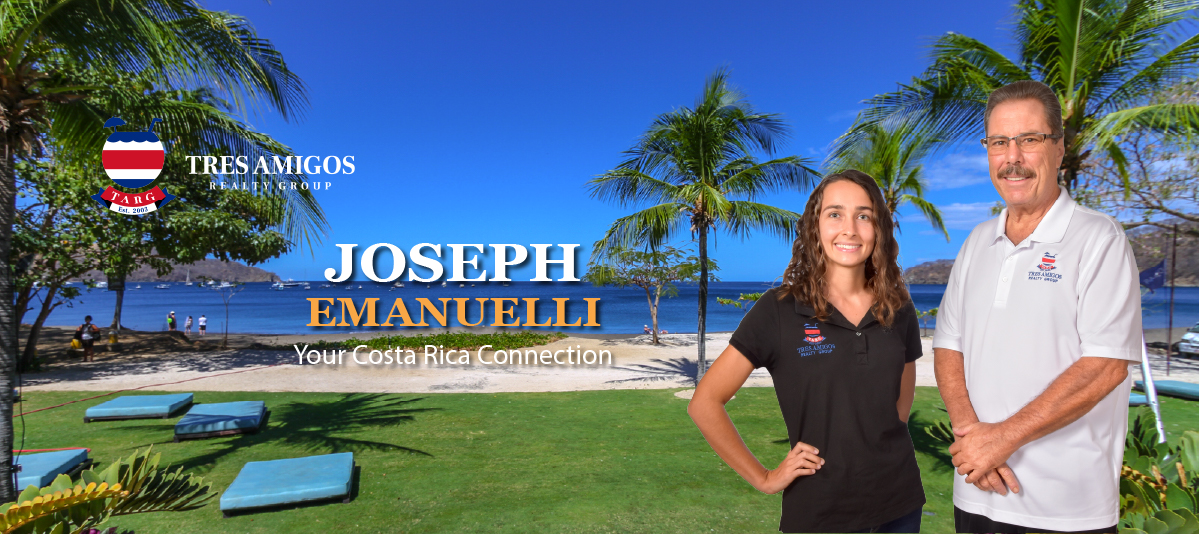Mother Humpback Whale with Albino Baby
Updated October 10th, 2022
Something spectacular has been spotted off the Papagayo coast… a baby Albino humpback whale! A special few have recently witnessed this ghostly calf swimming alongside its mother in our beautiful blue waters.
This occurrence is truly something special since only one in 10,000 humpback whales are born with albinism. This may even be the first albino whale to swim in Costa Rican waters! Frank Garita, a cetacean specialist, believes that the albino whale was recently born in Costa Rican waters and is only a few weeks old.
You may think that a white whale is easier to spot but sightings are still quite rare and there is no guarantee the whale will be seen again. As for now and according to migration records the humpback whales will begin to move south. Let's keep our fingers crossed and hope that the next time the whales are near the Papagayo coast, our white whale will return!
Humpback whales have been wintering in Costa Rica's warm coastal waters for thousands of years. How you can you time your visit to be here when the whales arrive?
One way to perfectly time the arrival of Humpback whales is to have a home to call your own! Then you will never miss whale watching season, and you'll have a place to enjoy year-round.
Whales leave the Pacific northwest in the late fall as the water begins to cool. They travel south for 5,000 miles arriving off the coast of Costa Rica in December and staying until April. Their South American brothers depart the southern Pacific, as that hemisphere’s winter approaches, and spend July through November in Costa Rican waters. Their migration is the longest of any mammal in the world–they journey up to 11,500 miles round trip! There are no long layovers for these travelers. One humpback was recorded making a 3,000-mile trip in only 36 days.
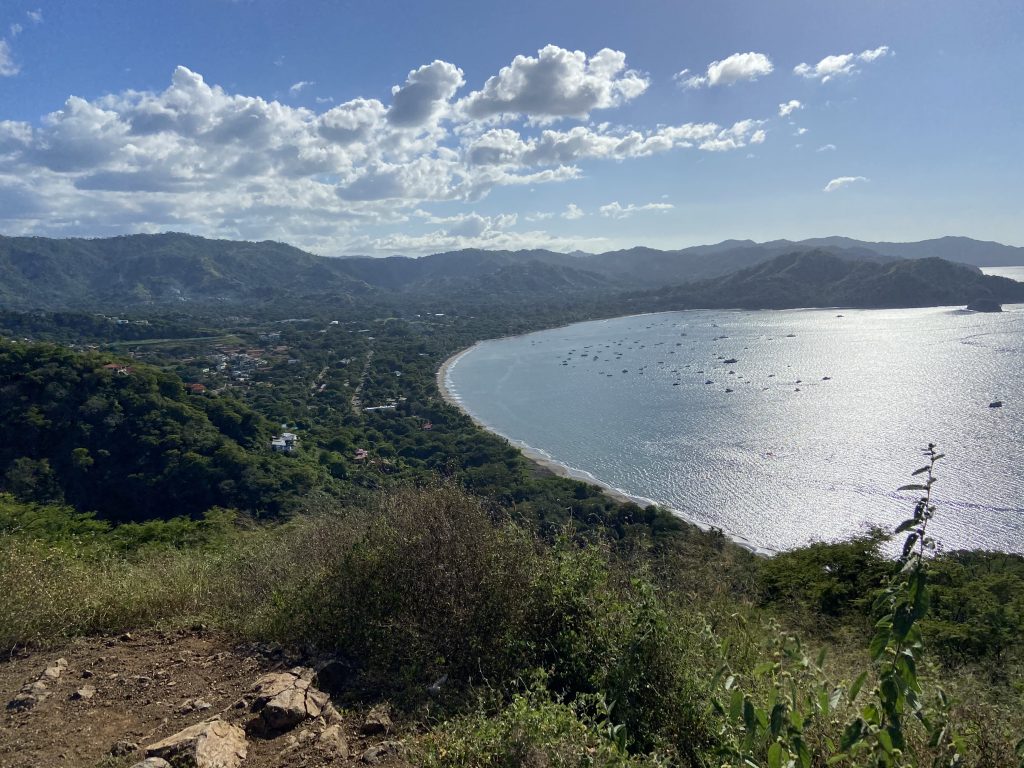
When the humpbacks arrive, do they do what other tourists do? Lay around a pool with an umbrella drink in hand? Of course not, and they are not here on vacation. Humpbacks use the months in warm water to go about the serious (yet fun) business of finding a mate, breeding, and rearing their young. Since one female will have multiple male partners during her lifetime, competition for her attentions is fierce. The magnificent displays of breaching, lob-tailing, tail- and fin-slapping, rolls, lunges and dives ending in a flourish of the tail are all for the benefit of the ladies. Males also attract females by singing and making elaborate bubble displays. Eleven months later, a baby whale is born that weighs up to one ton and is 12-16 feet long. That seems to be where the female whale’s fun ends, but from the displays of affection that pass between Mama and Baby, it doesn’t seem as though she minds motherhood too much. The baby stays by its mother’s side for up to a year.
The two migrations do not overlap, so there is an opportunity to see humpback whales in the waters off the Pacific Coast of Costa Rica nine months out of the year. The Antarctic migration has the most whales and peak season is August to October. This is also a great time to come and visit.
Costa Rica’s northern coast has fewer whales passing by, but humpback whales and other types of whales are often spotted on catamaran, snorkel, or dive tours during the peak months of the migration. Every year though, a female whale comes to Bahia Culebra in the Pacific northwest and birth a calf. If you are fortunate enough to spot the whale near your boat you will never forget it. Watching the mother teach her baby to rise and breath or dive is just an incredible site. Humpbacks are a friendly species that interact with bottlenose dolphins and other whales. Not all the antics have to do with mating. Whales have been observed playing with other species in various locations around the world.
It needs to be mentioned that Costa Rica does not allow swimming with dolphins or whales. Of course, if you are swimming and they approach you, it means they are unaware of the rules and you are not at fault. But resist the urge to dive from your boat and join them.
If seeing a humpback whale is on your bucket list, make plans to visit Costa Rica when they do: August and September. Have your camera in hand and your sense of awe at the ready. You are about to have an experience you will never forget.
Interested in finding a property in Costa Rica? Check out our extensive listings here:
Want to keep up with everything that is happening here in Costa Rica? Join my email list!
Need more information about Costa Rica in general? Read our FAQS about Costa Rica page.
Interested in owning a property in Costa Rica, checkout some great options here
Have a comment or a question? Feel free to EMAIL ME
Like the article? Please share!
